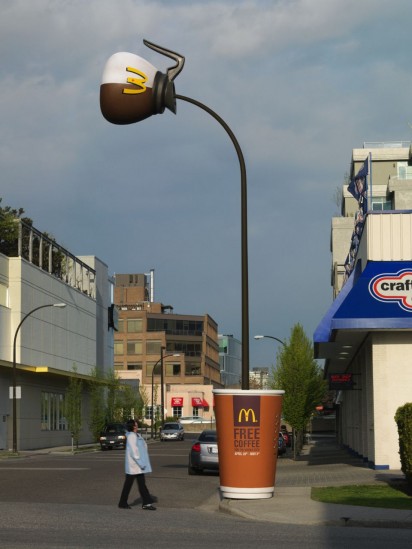In accounting, sunk cost should not influence your decision. For example, I have ordered food which tastes so bad, and I need to decide whether or not I order other food. The cost of food is sunk cost. I can either suffer the rest of meal by continuing to eat it, or I could eat something else and enjoy it. According to sunk cost theory, I should stop eating and keep ordering because bad food cannot influence me.
However, I may continue to eat the bad food and never order new food. That is the truth, your decisions are tainted by the emotional investments you accumulate, and the more you invest something the harder it becomes to abandon it.
Another concept which can explain the behavior is that the differences between how people should make decisions and how people actually make decisions. The rational decision-making process is a six-step model: 1. define problems 2. identify the criteria 3. allocate weight to the criteria 4. develop alternatives 5. evaluate the alternatives 6. select the best alternatives. However, there are many limits for a rational decision-making. One judgement shortcut is confirmation bias. People seek out information that reaffirms our past choices, and discount information that contradicts them. As a result, even if individuals have made a wrong decision, but they are likely to collect the views supporting the bad decision.
In the reality, we are not able to not to consider sunk cost.
You can learn a lot about dealing with a loss from a video game called Farmville. Actually, the lasting appeal of Farmville has little to do with fun. To understand why people commit to this game and what it can teach you about the addictive nature of investment, you must first understand how your fear of loss leads to the sunk cost fallacy.

references: http://mindyourdecisions.com/blog/2007/08/22/the-idea-of-sunk-costs/
http://youarenotsosmart.com/2011/03/25/the-sunk-cost-fallacy/
OB text book
http://www.braintrustgroup.com/2012/how-sunk-costs-can-be-minimized-with-agile/





![[image]](http://si.wsj.net/public/resources/images/MK-BX792_BUYTIM_F_20121007182313.jpg)

